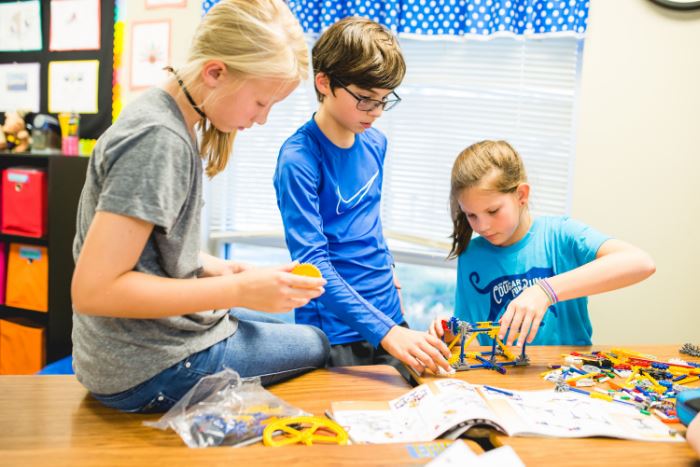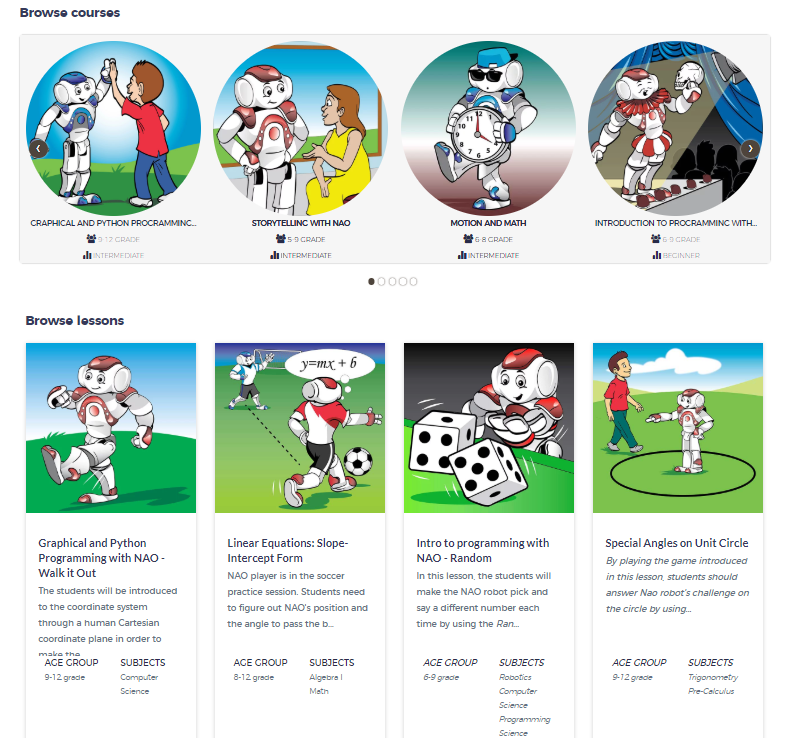It’s hard to remember a time when STEM fields – that’s science, technology, engineering, and math – weren’t the top priority in education. But as STEM pedagogy and practices have evolved, STEAM is gathering momentum – that’s STEM, but with an arts component (inclusive of the humanities, language arts, and fine arts) fully integrated

STEAM doesn’t detract from traditional STEM subjects or lowering standards. Instead, it makes STEM education even more effective. STEAM education takes STEM learning and kicks it up a notch by applying creative thinking, imagination, and design skills – typically through project-based learning. As STEM education matures, and the prevalence of STEM professions continue to grow, there’s a clear need for students to utilize skills that are derived from artistic experiences – benefiting their educational pursuits and future professional endeavors.
The inclusion of arts learning into STEM education has distinct benefits. STEAM encourages the development of creative problem-solving skills, inventive thinking, imaginative design capabilities, and obtaining a more well-rounded skillset to tackle challenges. These skills can correlate to greater success in STEM careers such as engineering and finance.
Professional STEM fields have suffered from a persistent lack of diversity, but incorporating the arts empowers students who may have felt discouraged. The STEAM approach helps develop confident, competent learners by leveraging the topics where art and STEM naturally intersect – STEAM subject matter also has the added benefit of showcasing the value of the arts, by highlighting the inherent role they have in all areas of STEM. And finally, the inclusion of arts in STEM learning can help develop higher levels of subject knowledge for students who pursue artistic professions.

How can you start incorporating STEAM education? Adding an arts component to your students’ STEM experience is easy for any age group or level, or starting point. Fun classroom activity ideas are plentiful. Curricula opportunities range from taking planned STEM lessons and adding in an arts component or perspective, to developing STEAM plans that fully integrate arts education from the very start.
Both can be accomplished with varied student abilities, needs, and goals in mind. There is also incredible opportunity for professional development, such as advanced degree programs for STEAM educators. There are also many STEAM education resources to choose from – STEAM-focused conferences, online courses, and webinars to discover additional classroom ideas and hands-on projects.
This is a post from Concordia University Portland, you can find the original post here where you can find different teaching resources for STEAM: https://education.cu-portland.edu/blog/teaching-resources/steam-teaching-resources/
RobotLAB offers Engage! K12 the first STEM and Coding platform that offers a wide range of digital courses and hands-on activities for multiple robots, multiple subjects and multiple age-groups, no robotics experienced required! Ready-to-use
Want to learn more?
Check all the different Free lessons on our learning platform Engage!K12 and have fun with robots!



